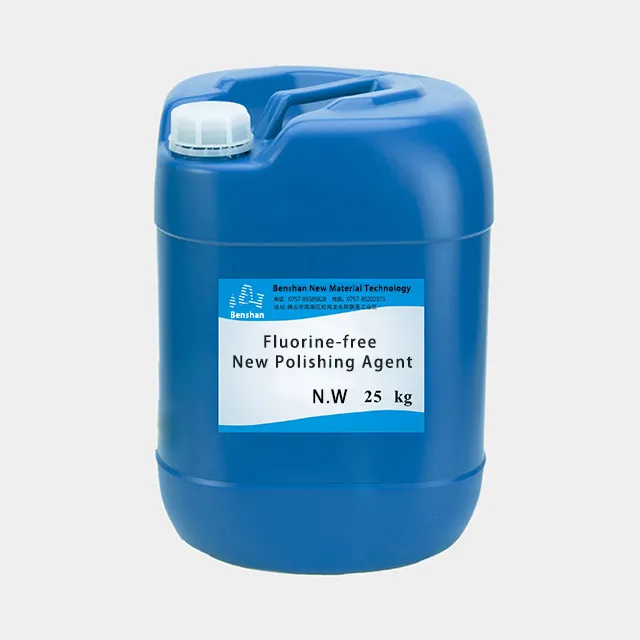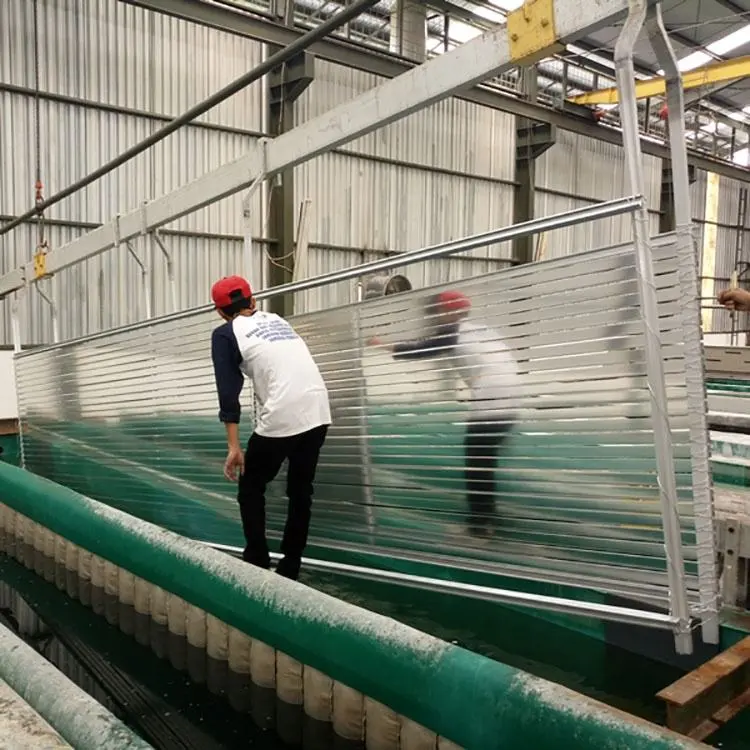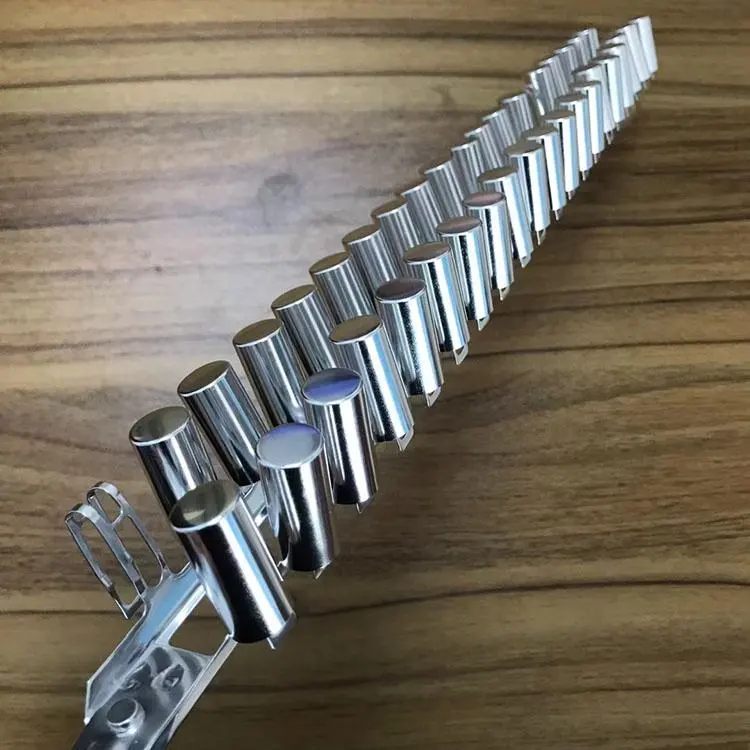
How often should chemical polishing additive be used?
2024-04-19 15:30
In the field of metal processing and surface treatment, chemical polishing compounds are widely used to improve the smoothness and texture of product surfaces. However, many consumers and industry practitioners are confused about the frequency of use of chemical polishing additives, and do not know how often they need to be polished. Today, we will delve into this issue and reveal the best practices for the frequency of use of chemical polishing additives, hoping to provide more reference and guidance for the industry.
1. Basic principles and functions of chemical polishing additive
First, let us understand the basic principles and functions of chemical polishing additive. Chemical polishing compound is a chemical used for metal surface treatment. Its main function is to form a dense protective film on the metal surface to fill in tiny depressions and defects, improve the surface finish and flatness, and make the product more beautiful and beautiful in appearance. Attractive.

2. Factors affecting frequency of use
The frequency of use of chemical polishing additive is affected by many factors, including product material, processing technology, usage environment, etc. Generally speaking, the frequency of use may vary for products with different materials and processing techniques. In addition, the interference of the use environment, the frequency of use and requirements of the product will also affect the frequency of use of chemical polishing additive.
3. Best practice recommendations
We have put forward some best practice recommendations regarding the frequency of use of chemical polishing compound. First of all, it is recommended to develop a reasonable polishing plan and cycle based on the material and processing technology of the specific product, as well as the use environment and requirements. For some products that are frequently used or exposed to harsh environments, the frequency of polishing can be appropriately increased to maintain their good appearance and texture; while for some products that are lightly used or in a relatively clean environment, the frequency of polishing can be appropriately reduced. frequency to save costs and resources.

4. Practical application cases
In practical applications, many industries have adopted different polishing frequency strategies. For example, in the automobile manufacturing industry, for body parts with high appearance requirements, a strategy of polishing every few months or every year is usually adopted to maintain the smoothness and texture of the body; while in the field of building materials, some parts that are not easily contaminated and corroded metal products may require longer polishing cycles, such as every one to two years.
5. Industry trends and development prospects
With the continuous advancement of technology and the continuous development of the industry, the frequency of use of chemical polishing additives may receive more and more attention. In the future, we can foresee that as people's requirements for product appearance and texture increase, the frequency of use of chemical polishing compounds may gradually increase, and more innovative products and technologies will emerge to meet market needs and challenges.

The frequency of use of chemical polishing additive is a question that requires comprehensive consideration of multiple factors. Through scientific control and reasonable planning, we can achieve high-quality development and continuous improvement of products, and provide consumers with a more high-quality and beautiful product experience. Let us work together to explore the best practices for the frequency of use of chemical polishing compounds and make greater contributions to the sustainable development of the industry.








